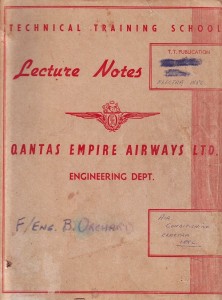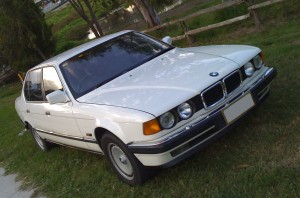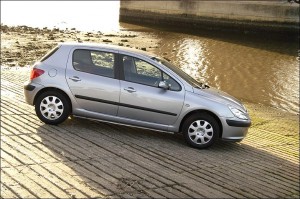Cost vs benefit of car modifications
When modifying cars, everyone conducts some sort of cost/benefit analysis.
That might be as informal as weighing-up the likely cost of the modification against the guessed benefit, or it might be a more detailed analysis.
A friend of mine, Paul, has a rule of thumb that goes like this:
Back in 1998, on naturally aspirated cars, he budgeted $100 per kilowatt for a power improvement. Any more than that and he thought the value poor; any better than that and – well, he thought that was pretty good.
That $/kW ratio was for mods like intake, exhaust and chip.
- » Continue reading or Comments (11)

 Julian Edgar, 50, has been writing about car modification and automotive technology for nearly 25 years. He has owned cars with two, three, four, five, six and eight cylinders; single turbo, twin turbo, supercharged, diesel and hybrid electric drivelines. He lists his transport interests as turbocharging, aerodynamics, suspension design and human-powered vehicles.
Julian Edgar, 50, has been writing about car modification and automotive technology for nearly 25 years. He has owned cars with two, three, four, five, six and eight cylinders; single turbo, twin turbo, supercharged, diesel and hybrid electric drivelines. He lists his transport interests as turbocharging, aerodynamics, suspension design and human-powered vehicles.




